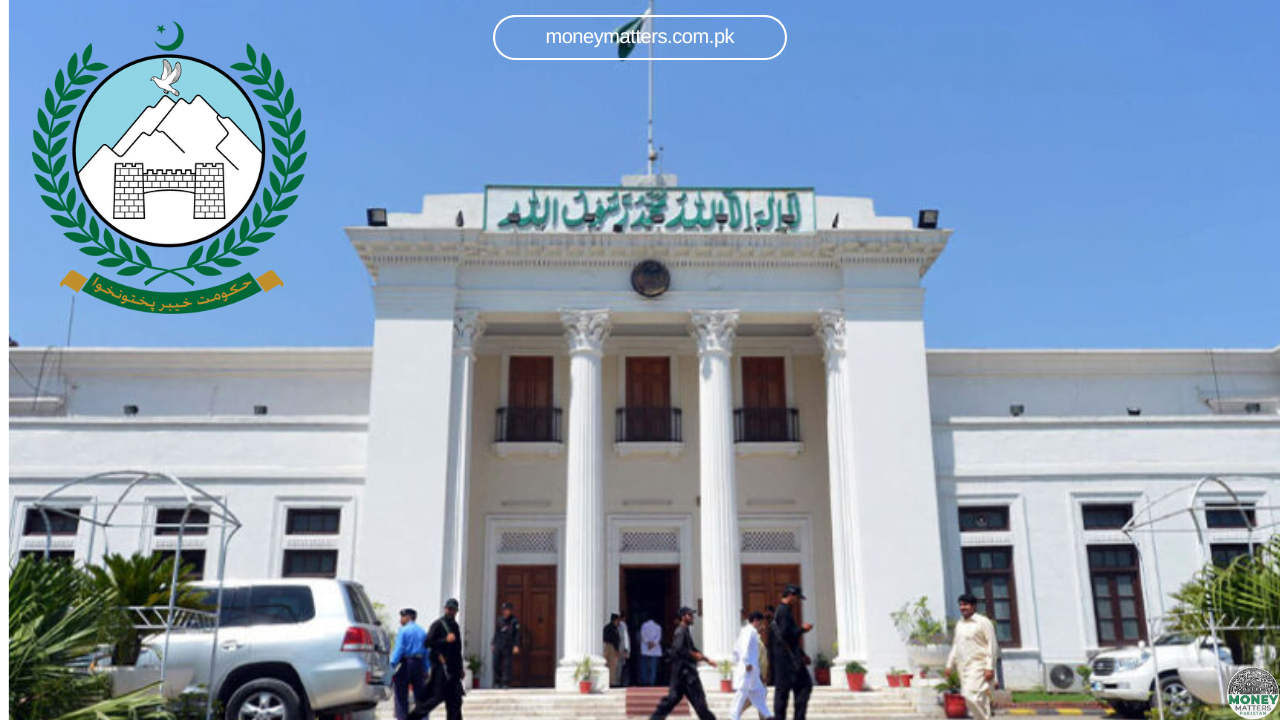Key Takeaways:
- Khyber Pakhtunkhwa’s debt has surged to 632 billion 44 crore and 80 lakh rupees by the end of the fiscal year 2023.
- Mismanagement and ineffective financial policies are major contributors to this debt increase.
- The province’s reliance on international loans is growing, raising questions about financial accountability.
Rising Debt and Financial Mismanagement
Khyber Pakhtunkhwa’s financial troubles have intensified over the past six months, with the province’s debt escalating to a staggering 632 billion 44 crore and 80 lakh rupees by the end of the fiscal year 2023. This marks an alarming rise of 101 billion 72 crore and 72 lakh rupees since earlier reports, according to the latest data from the Treasury Department.
Despite assertions of fiscal discipline, the province made repayments totaling 19 billion 16 crore and 20 lakh rupees during the same period. This included principal payments of 12 billion 79 crore and 80 lakh rupees and interest payments amounting to 6 billion 36 crore and 40 lakh rupees.
Contributing Factors to Debt Increase
The surge in debt is largely due to poor management and ineffective financial strategies by the provincial government. From June to December 2023, the borrowing rate soared by 19.17%, primarily driven by unfavorable exchange rate fluctuations. This volatile economic environment has deepened the province’s financial crisis, leading to an increased dependency on loans from international aid organizations.
Criticism Over Government’s Fiscal Policies
Critics argue that the provincial government’s inability to control spending and boost revenue streams has significantly contributed to the fiscal crisis. Despite assertions of fiscal discipline, the province made repayments totaling 19 billion 16 crore and 20 lakh rupees during the same period. This included principal payments of 12 billion 79 crore and 80 lakh rupees and interest payments amounting to 6 billion 36 crore and 40 lakh rupees.
Questionable Loan Acquisitions
The government’s approach to securing new loans, amounting to 37 billion 45 crore and 80 lakh rupees, has raised concerns about its capability to manage public funds responsibly. A significant portion of these loans, about 89.5%, is allocated to 32 ongoing projects funded by international aid agencies, with substantial contributions from the Asian Development Bank and the World Bank.
Breakdown of Loan Allocations
The loan breakdown reveals significant allocations, including 310 billion 90 crore and 38 lakh rupees from the Asian Development Bank and 254 billion 81 crore and 21 lakh rupees from the World Bank. Additional funds come from agencies like JICA and the French Agency, aimed at various sectors such as transportation, economic development, energy, health, education, water management, and agriculture.
Concerns Over Transparency and Accountability
Amid these financial challenges, issues of transparency and accountability within the provincial administration are increasingly worrisome. The lack of stringent financial oversight and the failure to implement effective fiscal policies have exacerbated Khyber Pakhtunkhwa’s economic difficulties.




